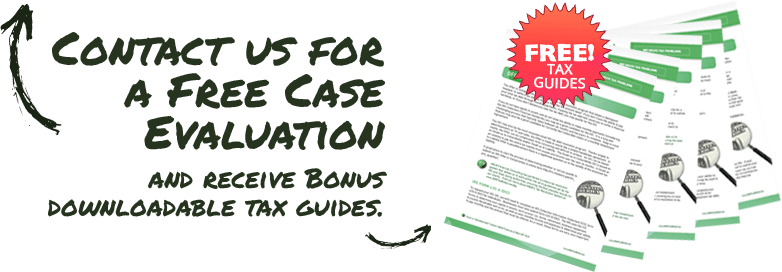The IRS Tax Lien and Withdrawal of the NFTL
Here are a few quotes from the Internal Revenue Manual (IRM) to help you understand the IRS Tax Lien and the Lien Withdrawal, formally known as Form 10916(c) Withdrawal of Filed Notice of Federal Tax Lien.
What Is an IRS Tax Lien?
IRM 5.12.1 Lien Program Overview
The Notice Federal Tax Lien (NFTL) is a public notification filed with state and local county recording offices. It is a tool used by the IRS to secure the government’s position or priority amongst other creditors competing for the same property as security for a debt.
“The purpose of filing the NFTL publicly is to both
- Inform certain third parties, typically a purchaser, holder of a security interest, mechanic’s lienor, or judgment lien creditor of the existence of the statutory lien securing the tax debt, and
- Establish the Government’s right of priority against these same creditors.”
- IRM 5.12.1.4 (10-14-2013)
Is It a Tax Lien or a Levy?
a common mix-up
A Tax Lien is NOT a Levy, and Levy is NOT a Tax Lien. A lot of people confuse the two. But, they’re very different collection tools.
A Tax lien does NOT cause money or property to change hands.The ownership of the property is not changed as the result of a tax lien. It simply identifies the property as having a claim against it by the IRS.
IRM 5.17.2 Federal Tax Liens
“The federal tax lien arises when any "person" liable to pay any federal tax fails to pay the tax after a demand by the Government for payment. IRC § 6321. For federal tax law purposes, a "person" is defined to include individuals, trusts, estates, partnerships, associations, companies, and corporations.”
- IRM 5.17.2.2.1 (03-27-2012)
A Levy is a seizure of money or other property, such as your paycheck or a business’s accounts receivable. An IRS Levy does attach to money or other property and take it away from the taxpayer to satisfy a back-tax liability. If you are the victim of an IRS levy, you may request a release.
IRM 5.11 Notice of Levy
“1. There is no legal distinction between a levy and a seizure.” …
Example:
Notice of Levy is often used to take funds from a taxpayer's bank account, wages, other income, or accounts receivables.Example:
Seizure procedures are used to take a taxpayer's car, house, or business property.”
- IRM 5.11.1.2 (11-09-2017) Notice of Levy vs Seizure
What’s the Difference Between a Tax Lien Release and a Lien Withdrawal?
A Lien Release is issued by the IRS when the tax liabilities have been satisfied or are unenforceable.The Release extinguishes the tax lien.
“A certificate of release of the federal tax lien is authorized under each of the following conditions:
- The amount assessed (plus interest) is paid.
- The amount assessed becomes legally unenforceable.
- A bond is furnished that is satisfactory in terms and sufficient in amount to secure the payment of the outstanding assessments plus interest.”
- IRM 5.17.2.8.3 (12-12-2014)
A Lien Withdrawal only removes the effect of the Notice of Federal Tax Lien (NFTL). It helps assure other creditors that the IRS will not compete for your property and other assets. The Withdrawal may positively affect your credit rating.
IRM 5.12.9 Withdrawal of Notice of Federal Tax Lien
“IRC § 6323(j) gives the Service the authority to withdraw a Notice of Federal Tax Lien (NFTL) under the following conditions:
- the filing of the notice was premature or otherwise not in accordance with the Service's administrative procedures (IRC § 6323(j)(1)(A));
- the taxpayer entered into an agreement under IRC § 6159 to satisfy the tax liability for which the lien was imposed by means of installment payments, unless such agreement provides otherwise (IRC § 6323(j)(1)(B));
- withdrawal of such notice will facilitate the collection of the tax liability (IRC § 6323(j)(1)(C)); or
- with the consent of the taxpayer or the National Taxpayer Advocate, the withdrawal of such notice would be in the best interest of the taxpayer (as determined by the National Taxpayer Advocate) and the United States (IRC § 6323(j)(1)(D)).”
- IRM 5.12.9.3 (10-14-2013)
Use IRS form 12277 to request your IRS Tax Lien Withdrawal. Or, Contact M&M to find out how we can help.









